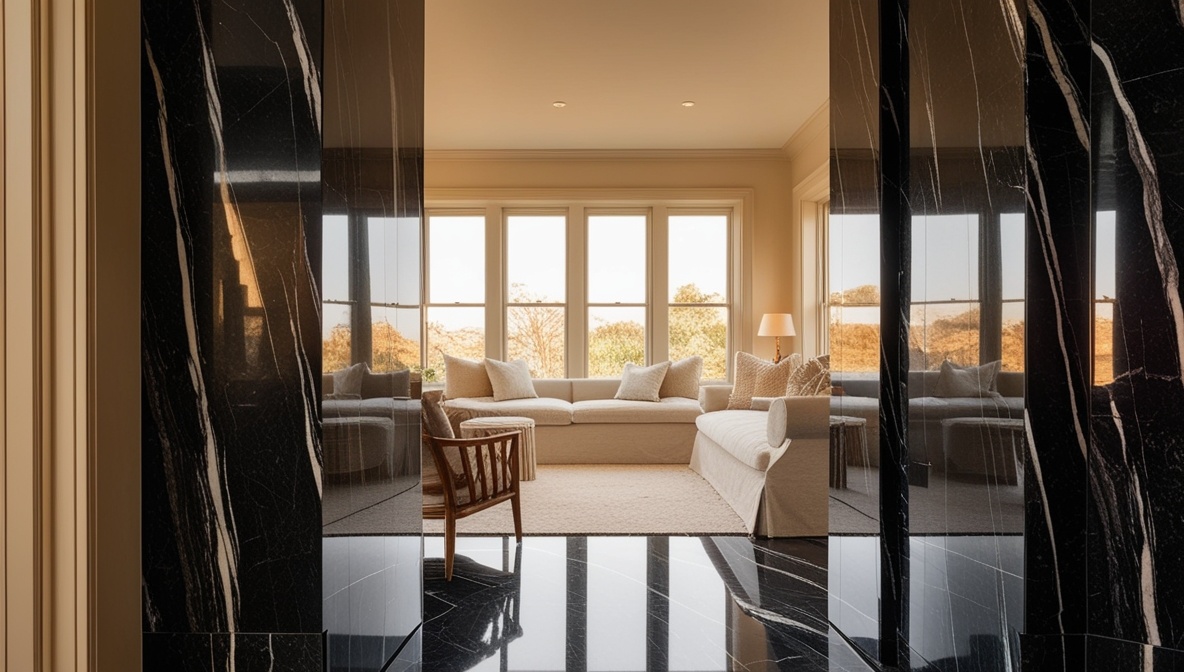Feature I. Porous structure
Since woodgrain is precipitated from calcium carbonate and thus physically porous, it absorbs water with a high density. If you use liquid polishing chemicals such as K2 and 2501, the liquid will be absorbed before polishing and will not achieve the desired effect.
Feature II. Not acid resistant
Secondly, these chemicals are too acidic and will dissolve the calcium carbonate of the wood stone, resulting in corrosion. Therefore, it is better to use paste or slurry products, such as Brimar Polishing Paste or Marble Seal Glaze Slurry.
Feature III. Inconsistent density
At the same time, the inconsistency of the components results in inconsistent density and hardness. As a result, there will also be uneven gloss when polishing. We suggest to increase the density and hardness by using 3H.
The specific method is as follows.
- Step 1: Polish the stone to 1 # (100-150 mesh abrasive disc) and let it dry. If you use dry polishing, wait about 1 hour. After the stone is dry, continue to polish with 2 # (300-500 mesh abrasive disc), 3 # (800-1500 abrasive disc). If you are wet polishing, you must wait until the stone is completely dry (usually 6 hours or more). Continue to polish with 2# (300-500 mesh abrasive disc), 3# (800-1500 abrasive disc).
- Step 2: Dilute 3H and water according to the ratio of 1:4, and then paint once. You need to keep the surface of the stone wet in 30 mins. During this time, if it dries too fast, make up the coating.
- Step 3: After the ground is dry, use Brimar Polishing Paste with 3M 4100 white pad or 0 # steel wool polishing can be. In general, you should choose polishing products that are less acidic.








